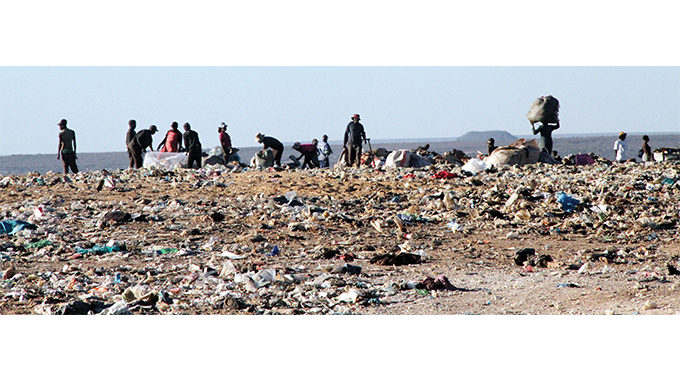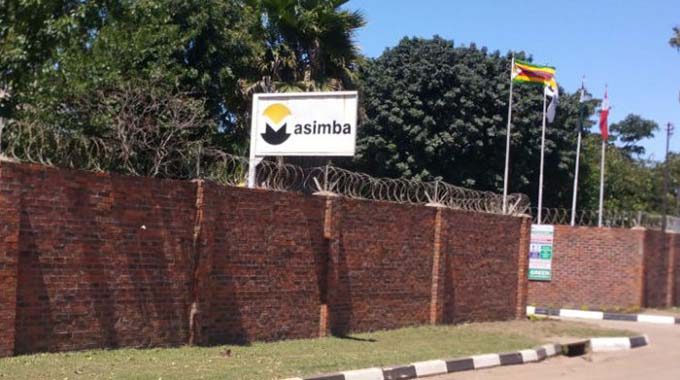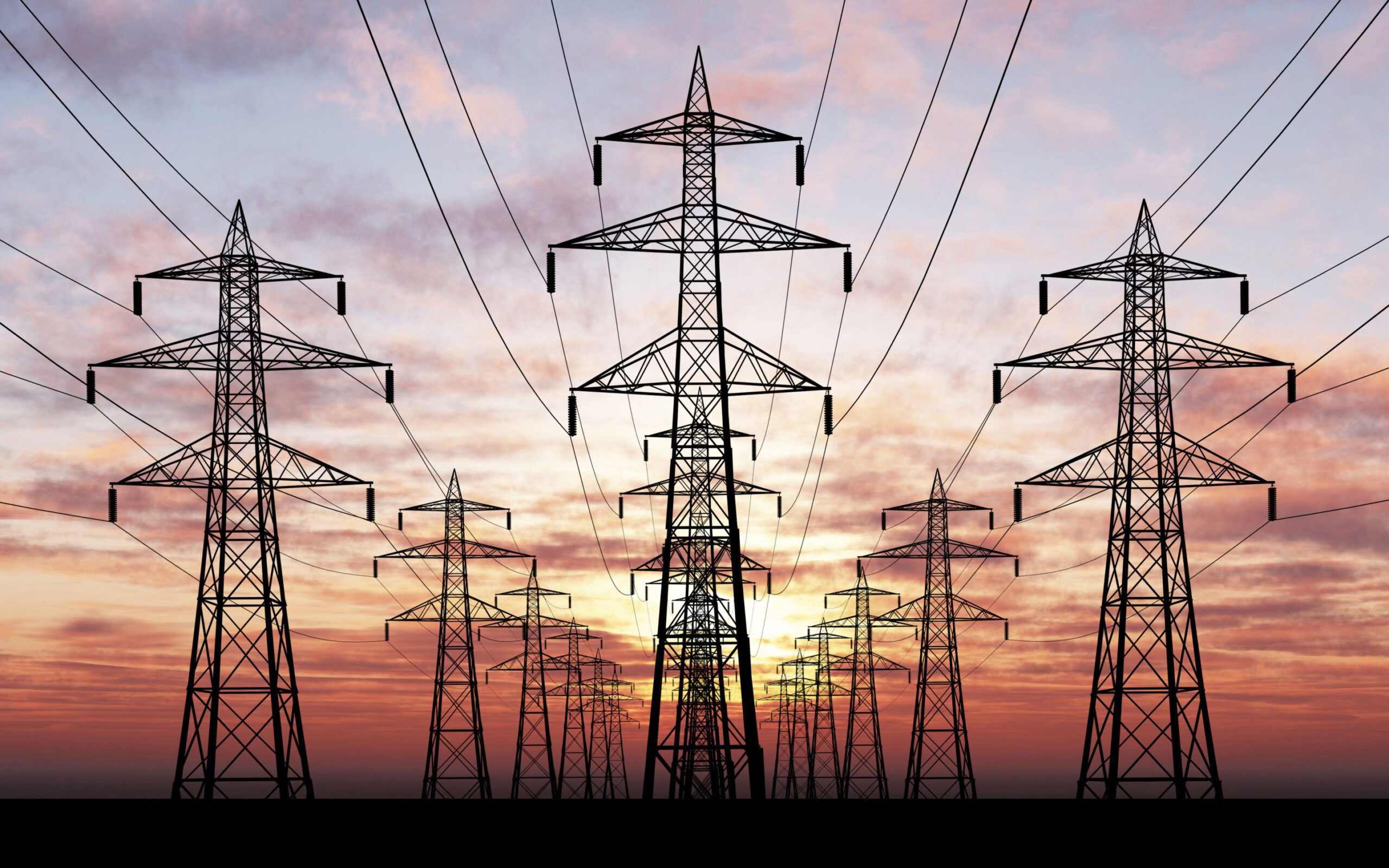Zim to remain in throes of crippling power crisis
ZIMBABWE will continue to experience acute power supply shortages until, at least, early next year following revelations the State power utility will take down another 300-megawatt (MW) generators from the national grid for scheduled plant maintenance once unit 7 returns from a similar exercise.
This comes as power utility Zesa said the country’s sub-economic power tariff had for more than 10 years been poisonous to efforts aimed at improving supply, as it suffocated operations and discouraged new investments in energy.
Nearly 800MW of solar projects, initiated over 10 years ago, have been delayed by the issue of sub-economic tariffs.
Zesa said it now expects four new thermal power and 28 solar projects to get underway after a viable tariff was recently put in place, but the lag time between implementation of the initiatives and the start of production may leave Zimbabweans in the dark for some time.
Following the completion of the US$1,4 billion Hwange Power Station (HPS) 7 and 8 expansion programme, which added 600MW, the power plant’s unit number 8 will similarly undergo mandatory Class C maintenance, as did unit 7, which returned to the grid yesterday.
Class C maintenance is a statutory procedure that requires the Unit to be taken off the grid after running for a defined period.
The power supply situation will thus largely remain under pressure given that only 7 and 8 new generators can give dependable output while units 1-6, with a rated capacity of 920MW, have become erratic due to antiquated equipment and technology.
The generators now produce a fraction of their installed capacity, which averages 350MW.
This leaves Zimbabwe, whose peak demand can rise to 2 200MW especially in winter, with a gross power supply deficit that manifests in rolling power cuts, disrupting industrial, commercial and domestic activities across the country.
Zimbabwe’s situation has been made worse by the fact that its other dependable source of energy, the 1050MW Kariba Power Station, is only producing a fraction (300MW) of its rated capacity due to water shortage.
The use of water in the Zambezi River, on which Kariba Dam is situated, is regulated by the Zambezi River Authority, which regulates the affairs of the riparian river that demarcates the borders of Zimbabwe and Zambia.
The world’s largest man-made dam has had limited inflows over the past few years due to recurrent droughts and low rainfall, making it difficult for the lake, shared between Zimbabwe and Zambia, to build up storage.
Zesa executive chairman Dr Sydney Gata acknowledged the country will continue to face limited power supply, but expressed hope the closure of some industrial operations during the festive season would reduce the severity of the power crisis.
Gata also conceded the effect of the El Nino weather phenomenon will weigh heavily on prospects for improved generation at Kariba, as it will reduce the amount of rain the Zambezi will receive from its major catchment, especially the Barotse plains, in northwestern Zambia.
“We need Unit 7 back on by tonight, unit 8 will be taken down later (one week), and by Christmas, a number of industrial operations will be closed, so we expect the impact will not be as bad. (Unit 8 will be taken down) a week from now for the same Class C maintenance (as unit 7),” Gata said.
The power supply situation, Gata said, is expected to improve significantly once both new generators at HPS have undergone the full scheduled maintenance, and may only see them taken down again after at least 12 months, giving the country a dependable supply.
However, the same cannot be said about units 1-6, the old generators whose first stage entailed construction undertaken in the 1960’s. Gata said the oldest plant, comprising units 1 and 2, will require complete replacement.
The State power utility will get part of the funding, about US$410 million, from India, but this is not adequate as it will only cover part of refurbishments while the entire renewal programme would need US$2,8 billion.
He expressed confidence this will not be a challenge given the economic tariff, which will make it easy for the power utility to approach financiers.
“Cost reflective tariff will make it an easy task to get funding,” Gata said, adding even investors into the sector will now find it easier to “go to lenders and say the buyer (Zesa) is going to sell at above cost”.
“The tariff was a poison for Zesas for 10 years. What happens is, with a viable tariff you can make provisions for maintenance and new connections. Zesa has not had a viable tariff for a decade. There is a lot of equipment backlog, which affects transmission and distribution,” he said.
A total of 350 000 new houses that require electricity, Dr Gata said, could not be connected because of financial resource limitations emanating from a sub economic tariff. “You cannot go and borrow if you are going to sell below cost,” he said.
The Zimbabwe Electricity Transmission and Distribution Company (ZETDC), a subsidiary of ZESA Holdings, received regulatory approval for a new tariff adjustment of US$0,02/kWh in October of this year, making the new tariff US$0,12/kWh.
ZETDC had applied for approval for an adjustment of US$0,02/kWh and to stagger the tariff to a level of cost reflectivity.
Prior to the application, ZETDC had been charging an average tariff of US$0,10/kWh approved in October 2019 and maintained the value of that tariff through indexation.
Apart from enhancing mobilisation of resources for maintenance and new connections, the first areas that get affected by lack of funding, the new tariff levels will also enhance Zesa credit status for bridging imports from Mozambique and Zambia, Gata said.
Even new power stations by private players are now possible, Gata said, with four thermal projects set to be implemented while 28 solar plant initiatives, the most promising, have been selected to come on board soon, out of the more than 100 that have independent power producer (IPP) licences.
IPPs are currently contributing more than 90MW of the power which is being fed into the grid. This capacity is expected to exceed 130MW by the end of the year through various projects that are currently under development, Energy and Power Development Minister Edgar Moyo said recently.
A staggering 800MW are expected from the solar plants alone, which Gata said have the quickest turnaround times.
The initiatives require a partnership with Zesa, which must first enter off take agreements with the developers.-businessweek










